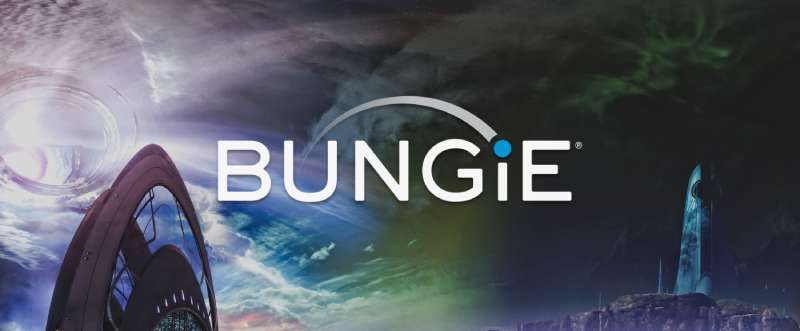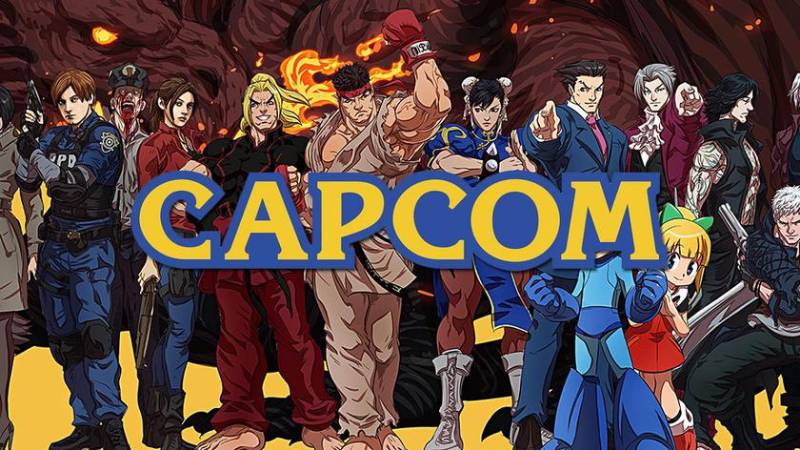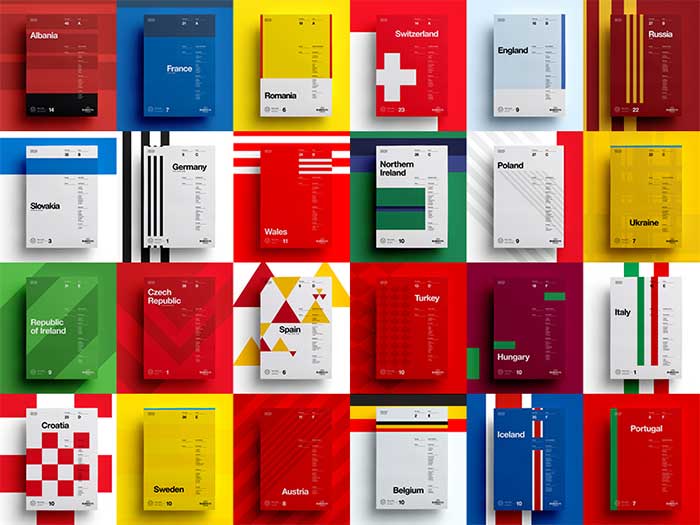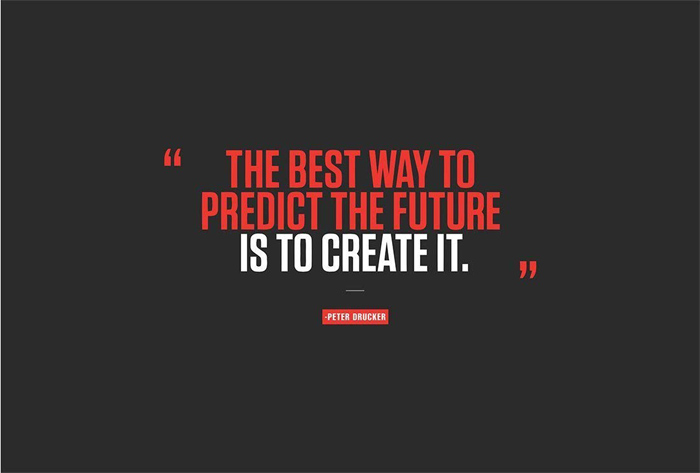Picture this: a world where every pamphlet, website, and app you open is a visual feast, a symphony of images and words that resonate with your very core. That’s the realm of the graphic designer—architects of the visual universe that we inhabit daily.
Diving into the vibrant ecosystem of shapes, colors, and typography is more than pursuing a profession; it’s a calling to shape how the world sees and understands.
Embarking on this journey to become a graphic designer entails mastering the interplay of design principles and embracing the perpetual evolution of creative thinking. It’s a path paved with online design classes, late nights honing software proficiency, and the relentless quest to construct a portfolio development that stands as a testament to your imagination and skill.
By the conclusion of our deep dive, you’ll emerge with the knowledge of how to translate creative inklings into tangible art that communicates, persuades, and delights.
Discover the essential graphic design courses, the secrets behind skillful branding, and how to navigate the ever-shifting landscape of digital art creation. Here’s where your blueprint to a career in design begins to take form.
Table of contents
- Essential Skills and Qualities
- Educational Pathways
- Mastering Graphic Design Tools
- Building a Strong Portfolio
- Gaining Practical Experience
- Career Opportunities in Graphic Design
- Job Market and Salary Expectations
Essential Skills and Qualities
Creativity and Innovation
Hey there! Diving into how to become a graphic designer, it’s not just about learning software or knowing which button does what.
It’s like being a wizard, but instead of spells, you’ve got creativity. You’re creating visual concepts that aren’t just unique; they’re game-changers.
Think about it – every stunning poster you see, every cool book cover design, they all started as a tiny spark in a designer’s imagination.
Your job? Make people stop and stare. Or think. Or smile. It’s about engaging audiences in ways they never expected. So, let your creativity run wild.
Sketch, experiment, play with colors like you’re mixing a magic potion.
This part of your journey in learning how to become a graphic designer is all about turning the ordinary into extraordinary.
Problem-Solving Skills
But wait, there’s more. Graphic design isn’t just about making things look pretty. It’s a battlefield, and your weapon? Problem-solving skills.
You’ll face challenges like, “How do I make this message pop?” or “How can this design be both stunning and functional?”
It’s like a puzzle, and you’re the one fitting all the pieces together.
Sometimes, it’s about finding the perfect balance between beauty and message. Other times, it’s about innovating, thinking outside the box to come up with solutions that no one else thought of.
That’s the essence of how to become a graphic designer: turning problems into visual solutions that speak louder than words.
Communication Skills
Collaborating with Teams
Graphic design isn’t a solo adventure. It’s a team sport. You’ll collaborate with other creatives, marketers, clients – you name it.
Picture this: You’re in a room, bouncing ideas back and forth, each one sparking another. That’s collaboration magic.
But here’s the catch: You’ve got to communicate your ideas clearly. It’s not just about what you say, but how you say it.
Being able to explain your vision, give and receive feedback – it’s crucial. This skill will make your journey in how to become a graphic designer smoother and more successful.
Presenting Ideas Effectively
And then, there’s the big moment – presenting your ideas. It’s not just about the design; it’s about the story behind it. You’re not just showing a layout; you’re selling a vision.
Imagine you’re presenting a new fashion magazine cover design. You need to explain why your design works, how it captures the essence of the brand, why it’ll make people want to pick up that magazine. It’s about conviction and passion. That’s what makes a great graphic designer stand out.
Educational Pathways
Formal Education
Degree Programs in Graphic Design and Related Fields
Picture this: You’re walking down the hallway of a university, surrounded by creative minds, buzzing with ideas.
That’s what formal education feels like. Enrolling in a degree program in graphic design or a related field isn’t just about classes; it’s a whole experience.
You’ll dive deep into design principles, tackle studio art projects, and get your hands dirty with commercial graphics.
It’s not just about reading and writing; it’s about creating and experimenting. Schools like the Rhode Island School of Design or Parsons offer such immersive programs. But remember, it’s not just the name of the school; it’s what you make of your time there.
Coursework: Studio Art, Design Principles, Commercial Graphics
Let’s break it down. Your coursework will be a mix of studio art – think drawing, painting, sculpting – and hardcore design principles. You’ll learn the nitty-gritty of what makes a design go from “meh” to “wow.”
And then, there’s commercial graphics. It’s like the real world of design packaged into a course.
You’ll get a taste of what it’s like to create for clients, meet briefs, and work within constraints. It’s challenging but oh-so-rewarding.
Self-Taught Routes
Online Resources and Tutorials
But hey, what if the traditional classroom isn’t your scene? No problem. The internet is your playground.
There are tons of online resources and tutorials that can help you learn how to become a graphic designer. Websites offer courses that range from beginner to expert levels.
You can learn at your own pace, in your own space. And the best part? You can pick and choose what skills you want to focus on.
Want to master Adobe Photoshop? There’s a course for that. Intrigued by UX/UI design? There’s a course for that as well just waiting for you.
Learning from Industry Professionals
And let’s not forget the goldmine that is learning from industry professionals. Think of it as having a mentor at your fingertips.
You can learn from their experiences, their successes, and even their failures. It’s like having a backstage pass to the graphic design industry.
They offer real-world advice and practical tips that you won’t find in any textbook.
Mastering Graphic Design Tools
Software Proficiency: Adobe Creative Cloud (Photoshop, Illustrator, InDesign)
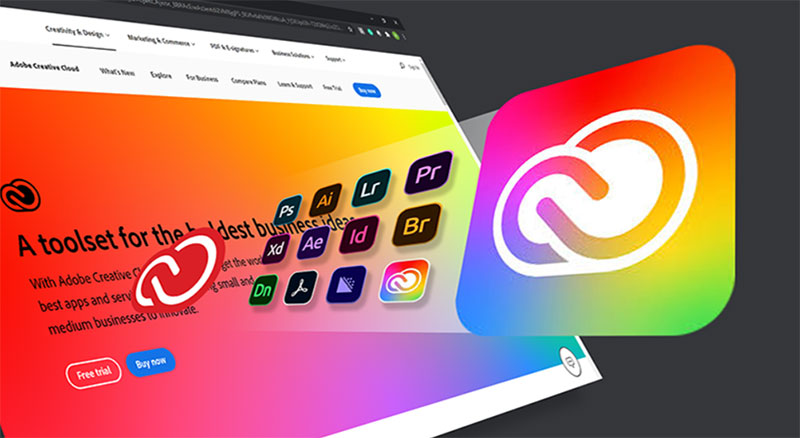
Picture this: You’re in front of your computer, Adobe Creative Cloud opened up. Photoshop, Illustrator, InDesign – these aren’t just programs; they’re your playgrounds.
Mastering these tools is like learning a new language.
Photoshop? It’s your go-to for anything image editing. Illustrator? That’s where your logos and vector art come to life.
And InDesign – think of it as the architect of your page layouts. Getting proficient with these tools is a game-changer. It’s about making your designs not just good, but pixel-perfect.
Traditional Art Techniques
Drawing and Sketching Fundamentals
Now, let’s step away from the screen for a bit. Yes, digital is the new norm, but the fundamentals of drawing and sketching? Timeless. It’s like the foundation of a house – everything else stands on it.
Whether it’s a quick pencil sketch or a detailed ink drawing, these basics help you understand form, composition, and balance.
They’re crucial in developing your eye as a designer. It’s not just about being able to draw; it’s about training your mind to see like a designer.
If you want to check out some drawing tutorials, head out to our sister site, Artly. We have plenty of tutorials there.
Building a Strong Portfolio

Alright, let’s get real. If you’re set on how to become a graphic designer, you’ve got to talk portfolios.
It’s not just a bunch of pictures or designs; think of your portfolio as your visual resume, your personal brand. It’s what you show the world and say, “Hey, this is what I can do!”
Importance of a Diverse Portfolio
Showcasing Range of Skills and Styles
Imagine walking into an interview, not just with a resume, but with a storybook of your skills. That’s your portfolio.
It should scream diversity – a bit of this, a bit of that. Maybe it’s a super cool poster design here, a sleek website layout there, and a dash of quirky illustrations.
Think of it as your greatest hits album. It’s not just about showing you can design; it’s about showing range – your ability to adapt, to tackle different styles, to think outside the box.
It’s your chance to show potential clients or employers that, yes, you’re the graphic design ninja they’ve been looking for.
Including Personal and Professional Projects
Mix it up! Your portfolio should be a blend of personal and professional projects. Got a passion project? Showcase it. Freelance gigs or internships?
Throw them in there too. It’s about balance. Personal projects show your creativity and passion, while professional ones highlight your practical skills and experience.
Digital vs. Physical Portfolios
Now, let’s talk format. In today’s digital age, having an online portfolio is like having a key to the city.
It’s accessible, easy to share, and opens doors worldwide. Platforms like Behance or your own personal website are perfect for this.
But, don’t underestimate the power of a physical portfolio.
There’s something about flipping through actual pages, touching the paper, feeling the textures. It can make a strong, memorable impression in an interview or client meeting.
Gaining Practical Experience
Internships and Apprenticeships
Think of internships and apprenticeships as your graphic design boot camps. They’re like backstage passes to the show, where you get to see all the action. You’re not just watching; you’re doing.
This is where you learn the ropes, from meeting tight deadlines to dealing with client feedback. It’s like a test run of your future career.
You get to apply all those skills you’ve been honing, in a real work environment. Plus, you make connections, build your network – these people might be your future colleagues, or better yet, recommend you for your dream job.
Freelance Projects
Finding Clients and Building a Network
So, you’re thinking of going solo? Freelancing can be a ticket to freedom. It’s like being your own boss – you choose the projects, you set the deadlines. But, it’s not all smooth sailing.
Finding clients is like fishing; you’ve got to know where to cast your net. Start by showcasing your work online, be active on social media, join design forums, or attend local meetups.
It’s about getting your name out there. The more you network, the more you’re likely to land gigs. Think of each project as a stepping stone.
One successful job can lead to another, and before you know it, you’ve got a steady stream of work.
Managing Freelance Business Aspects
And hey, let’s not forget the business side of things. Invoicing, contracts (here’s a guide to graphic design contracts), managing finances – it’s all part of the game.
You’re not just a designer; you’re an entrepreneur. It’s about being organized and professional. Keeping track of your projects and clients is key to maintaining a sustainable freelance career.
Career Opportunities in Graphic Design
In-House vs. Agency vs. Freelance
In-House
Imagine being part of a brand or company, where you’re an integral part of the team. That’s in-house. You’re the go-to person for all things design.
It’s about diving deep into a brand’s identity, maintaining consistency across all visuals, and evolving the brand’s style over time.
Agency
Now, picture yourself in a fast-paced, dynamic agency setting. It’s like being in the design Olympics – diverse projects, different clients, new challenges all the time.
It’s exhilarating. You’re not just designing; you’re problem-solving, innovating, constantly learning.
Freelance
And then, there’s freelancing. Remember the talk about being your own boss? That’s this.
Freelancing is all about freedom and flexibility. It’s building your brand, choosing your projects, and defining your work style. It’s a roller coaster, but for the brave, it’s the ride of a lifetime.
Emerging Fields and Specializations
Digital Design, UI/UX, Multimedia
The digital world is booming, and with it, fields like UI/UX and multimedia design. It’s like the Wild West of design – uncharted territories, endless possibilities.
You could be designing the next big app, creating immersive websites, or even dabbling in animation and video.
Niche Areas of Expertise
And let’s not forget the niche areas. Maybe you have a knack for illustration styles.
Or perhaps you’re into something super specific, like designing book covers or crafting unique brand identities. The graphic design universe is vast – there’s a place for every passion, every skill set.
How to Find a Job in Graphic Design
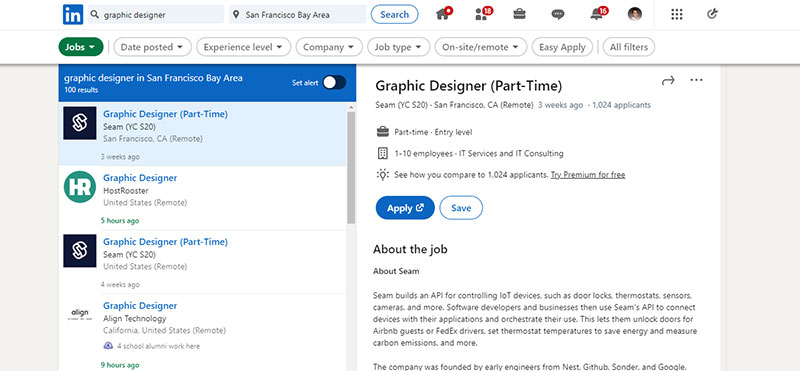
Okay, you’ve got the skills, the portfolio, and you’re ready to dive into the job market. But where do you start? Job boards, networking events, social media, and design communities are all good places to start.
Reach out to people in the industry. Attend design meetups. Join online communities. The more people you connect with, the more opportunities you’ll find.
And don’t forget to showcase your work online. Websites like Behance, Dribbble, or even Instagram can be great platforms to get your work out there and attract potential employers or clients.
Tips for Acing a Graphic Design Interview
You’ve landed an interview. Great!
But how do you ace it?
Remember, as a graphic designer, you’re a visual communicator. Communicate your passion, your creativity, your problem-solving skills.
Show them your portfolio, explain your thought process, discuss your experiences. Show them that you’re not just a designer; you’re a problem solver, a storyteller, a visual communicator.
And remember, it’s not just about selling yourself. It’s also about showing that you’re curious, that you’re a team player, and that you’re eager to learn. Passion and attitude can go a long way.
Job Market and Salary Expectations
Average Salary Insights

Let’s get down to brass tacks. Salaries in graphic design can vary. It’s like a spectrum – on one end, starters finding their feet, and on the other, seasoned pros who’ve been in the game for years.
In the early days, the pay might seem modest, but as you build skills and make a name for yourself, the numbers can really climb. Think of it as an investment. Your initial salary is just the starting point. With experience, specialization, and a killer portfolio, you can negotiate for more.
Factors Influencing Earnings
Experience Level
Experience is a biggie. It’s like leveling up in a game. The more projects you tackle, the more skills you acquire, the higher your market value goes.
It’s not just about years; it’s about what you’ve done in those years.
Geographic Location
Location, location, location. It’s not just a real estate thing. In graphic design, where you work can play a big role in how much you earn.
Big cities often mean bigger paychecks, but they also come with higher living costs. It’s about finding the balance that works for you.
Specialization
Specialization can be a game-changer. It’s like having a superpower. Maybe you’re a wizard with illustrations, or perhaps you’re the go-to person for amazing color palettes. Specialized skills can set you apart and bump up your value in the job market.
FAQ On How To Become A Graphic Designer
Do I need a degree to become a graphic designer?
Having a design degree isn’t a must, but it sure opens doors. Think about credibility and a structured learning path. Nowadays, online alternatives also offer robust graphic design courses that can kick the door wide open—without the traditional classroom setting.
What software should I learn for graphic design?
Adobe Creative Suite—that’s your bread and butter. Focus on Photoshop, Illustrator, maybe dabble in InDesign. It’s the launching pad for everything from basic typography to complex digital art projects.
How important is a portfolio in graphic design?
Exceptionally important. Your portfolio is you, on display. It’s the collection of your best design work, showcasing your skills and style. It’s what speaks to potential clients and employers when words just won’t cut it.
Can I learn graphic design on my own?
Sure can. Self-taught paths are brimming with potential if you’re disciplined. Dive into online design classes, soak up design theory through internet resources—be a sponge. Real talk: Motivation and commitment have to be your best buddies here.
What’s the job market like for graphic designers?
Competitive yet booming with opportunities. Whether freelance or with a firm, you’re looking at a vibrant market. Niche down, though. Specializing—whether it’s in UI/UX, print design, or branding—can make you the sought-after player.
Is graphic design only about creating logos and websites?
Not even close. It’s visual storytelling. Think broader—packaging design, advertising, digital art, UX/UI, even animation. They’re chapters of the same book. The plot? Creating compelling visuals that resonate and engage.
How do I stay updated with graphic design trends?
Immerse yourself. Follow design blogs, be active in design communities, attend workshops. Breathe design trends—not just consume, but contribute to the dialogue. And remember: Trends are cool, but unique style is king.
What role does creativity play in graphic design?
Creativity’s your superpower. It’s the fuel for innovative visual communication—taking ideas and painting them in the physical (or digital) world. Pair that with strong design foundations, and boom, you’ve got magic.
Can graphic designers work remotely?
Absolutely. Grab your laptop, a pinch of talent, a dash of discipline, and you’re set—a digital nomad crafting from anywhere with Wi-Fi. Upwork, Fiverr, the whole gig economy’s ripe for the picking.
How to stand out as a graphic designer?
Let your creative thinking loose. Break norms, start trends, be bold. Let your portfolio development be a showstopper. Network like a boss and don’t just follow the design conversation—lead it.
Conclusion
You’re at the finish line, and the pixels are practically buzzing with potential. To wrap it up, how to become a graphic designer isn’t some high-octane secret sauce formula. Nah. It’s a curated mix of design principles, digital art mastery, and a dash of you—yes, you—stamped in every project.
Let’s keep it real. Acquiring that ever-so-crucial software proficiency, chiseling at those online design classes, nurturing that daring creative thinking—it’s a marathon, not a sprint. And hey, stitching together a mind-blowing portfolio development? That’s your golden ticket.
- Shine bright in that bustling job market.
- Elevate those typography tricks.
- Network with movers and shakers.
Remember, the canvas of design is vast—branding, web design basics, UI/UX. Whatever path you sketch out, infuse it with innovation. Keep evolving, keep learning; because, in this digital artistry dance, the music never really stops. It just changes tempo.
If you liked this article about how to become a graphic designer, you should check out this article about graphic designers vs UX designers.
There are also similar articles discussing graphic designer vs illustrator, graphic designer vs art director, graphic designer vs web designer, and graphic designer vs digital artist.
And let’s not forget about articles on graphic designer vs visual designer, graphic designer vs animator, how to become an illustrator, and how to become an art director.
- Out of This World: Space Color Palettes for Cosmic Designs - 28 April 2024
- The Bungie Logo History, Colors, Font, And Meaning - 27 April 2024
- After Dark: Night Color Palettes for Mysterious Designs - 27 April 2024



